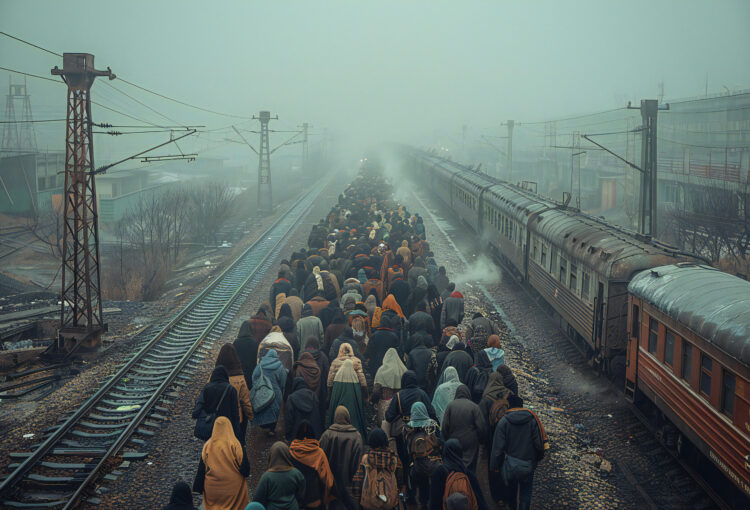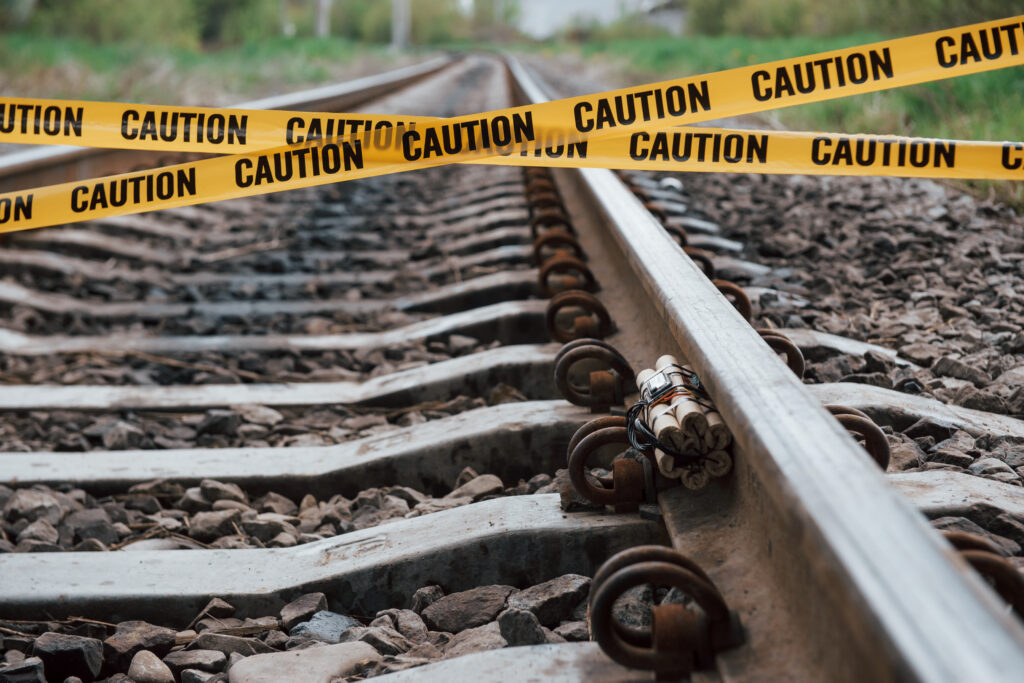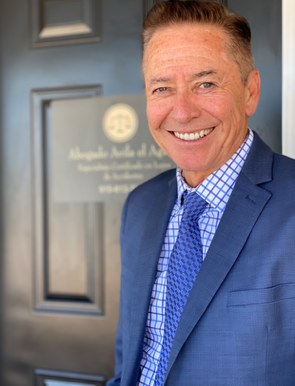Two Indian Railroad passenger trains were involved in a tragic train crash on October 19, 2018, east of Amritsar, Punjab. The accident occurred early in the evening, leaving at least 59 dead and 100 wounded. According to the local police and the media, viewers are sitting and sitting on or near tracks in the Joda Phatak area outside of Amritsar.
Spectators saw a photo of the Ravana demon burning at the Dussehra festival when a commuter train entered the crowd. The train is described as a local passenger train with DMU, which connects Jalandhar Station to Amritsar in a direction to the center.
Witnesses testified that the other train, the Amritsar Howrah postal service, had just moved in the opposite direction, which was subsequently confirmed by the concierge who was in charge of the intersection.
Some witnesses said that the train crash occurred after it did not pick up its horn when it approached the public. The driver stated that he had been cut and pressed the emergency brake, but still did not stop because the crowd had begun throwing stones on the train.
The guest of honor at the event is Congressman Navjot Kaur Sidhu, the wife of the member of the Legislative Assembly of Amritsar East. He stated that he had left the construction site as soon as possible before the train crash, but returned as soon as he heard about it. Sidhu also said the festival was held every year and the railway authorities were aware of the need to reduce their speed.
A senior official told reporters that the elected representatives had confirmed the death of at least 59 people in the accident. On the night of October 19, 50 bodies were found and at least 50 people were taken to a nearby hospital, while the remaining nine were found the next day. In addition, many victims have been removed or cut due to the impact of the process. The identification is delayed by the identity of the body.
One official said most of the victims were migrant workers and their families from Uttar Pradesh and Bihar, who lived in the area on October 20 at a local hospital. During his visit, two women met him, hoping to lose their entire family, including children, husbands and even legislators.Most of those identified are cremated at Shitla Mata Temple in Amritsar, while others are returned to their hometown.
Local media reported that after the accident, most people stole important items from victims and survivors. Family members also said that only the bodies of their loved ones had been restored, not their effects.

Punjab Prime Minister Amarinder Singh paid £ 5 (US $ 7,200) to the victims’ relatives and free treatment of the wounded. There is no immediate decision to pay for the rails. The central government also pays £ 2 ($ 2,900) for deceased family members and £ 50,000 ($ 720) for the injured. The state announced a day of mourning in honor of the victims and ordained by Singh.
On October 23, Navjot Singh Sidhu, Minister of Local Government, Tourism and Culture of the State Government of Punjab and wife of Navjot Kaur Sidhu, guest of honor at the festival, revealed that she and her husband will use all children who have lost their parents in the accident, covering their education and all other expenses, and women who have lost their wives will also receive all the necessary financial assistance.
Prime Minister Narendra Modi and President Ramnath Kovind offended the families of the dead and hoped the wounded would recover quickly. The video footage of the incident appears to show mobile phones taken after the accident, telling former Jammu and Kashmir Prime Minister Omar Abdullah to criticize the majority reaction.
The day after the accident, on October 20, residents found themselves on tracks and asked officials, train drivers and “persons entitled to reasonable compensation” to act. Some protesters demand that the families of the dead receive government offices and blame those responsible. Traffic is continuous 40 hours after the incident.
The Minister of Railways, Piyush Goyal, made his immediate return to India to travel to the United States during the accident. The road between Jalandhar and Amritsar was suspended and the day after the incident, 37 cancers were canceled, 16 trains reversed and 18 trains stopped in advance. The Minister of Railways, Manoj Sinha, said that the administration of the train was not aware of the place or date of the festival was a blatant case “and explained why the train did not stop or not He did not slow down when he got in.
There was so much smoke that the driver did not see anything and he also passed a corner, leading families of the victims to seek the guidance of a wrongful death lawyer for justice.
The engineer immediately reported the accident to the Amritsar Junction Station Chief and was arrested by the Punjab police and the Ludhiana Police Station for investigation. The engineer said officials told him that he had received the green signal and had no idea that hundreds of people were on the right track.
Railway Minister Manoj Sinha denied any negligence on the part of the driver and said no action would be taken against him. The engine driver sent a letter on October 21 detailing the accident. He said that he pressed the emergency brake and cut off the squad’s release, but as a railroulter rolled and threw the train, he went to the next stop.
Fortunately, train crash safety has become a priority for the rail sector. Train operators are now subject to stricter training and tighter regulation than ever before. FRA’s industrial regulations and regulations are also broader. FRA now monitors equipment and monitors inspections, signaling systems, employee certification, train speeds and more.
FRA and state inspectors work together across the country to monitor railways and other facilities and to ensure that trains operate safely. Many other government agencies, including the Department of Homeland Security, also manage safety and rail regulations.
CONCLUSIONS
The causes of train crash accidents are varied. As mentioned above, train delays can occur due to poor track maintenance, broken equipment, mechanical breakdowns or other trains. Trains can conflict with railroad tracks with cars, trucks and other small vehicles. These collisions often occur when drivers of smaller vehicles exceed the rail markings or warning signs and decide to stay near the tracks or to drive at a convenient time.
Fatalities can also cause people who do something dangerous to walk, such as getting in wagons or standing or crossing the rails at the wrong time. A high speed train takes a lot of time and a lot of time to stop safely, so a person or animal that is too close to the tracks at the wrong time can cause a major disaster. Other causes of rail accidents include the negligence of the railway operator, operator errors (excessive speed or inadequate braking, for example), a mined bridge, etc.
REFERENCES
*Six die as train ploughs into car”. BBC News. Retrieved.
*Six die as train ploughs into car”. BBC News.
*Railway Safety Principles and Guidance, part 2, section E, Guidance on level crossings” (PDF).
HSE Books. 2005. Archived from the original.
* Leach, Maurice (1991). Railway Control Systems. London: A & C Black. ISBN 0-7136-3420-
0.[page needed]
*Formal Inquiry: Preliminary Report: Ufton Level Crossing Passenger Train Collision with a
Road Vehicle and Subsequent Derailment.
*New safety call over level crossings”. Western Morning News. South West Media Group. 4
November 2014. Archived from the original.




